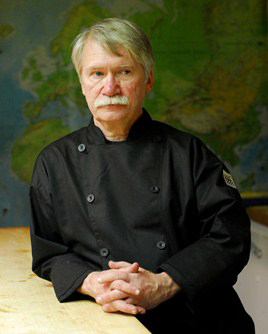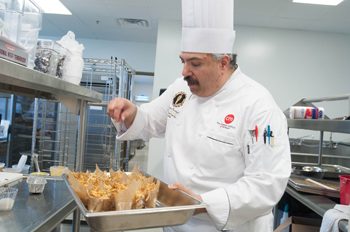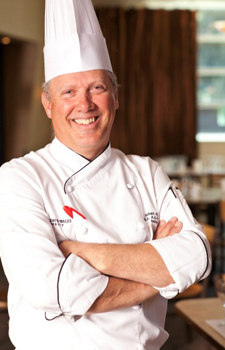American Culinary Federation’s Certified Executive Pastry Chef® Credential Receives Accreditation from National Commission for Certifying Agencies
The American Culinary Federation (ACF) is proud to announce that its Certified Executive Pastry Chef® (CEPC®) credential received accreditation through the National Commission for Certifying Agencies (NCCA) under the Institute of Credentialing Excellence. This is the third ACF certification program accredited by NCCA.
Accreditation by NCCA provides independent validation that the CEPC® program meets or exceeds 21 standards concerning various aspects of the certification program. Accreditation validates the integrity of the program and is a sign of quality. The additional certification programs accredited by NCCA are Certified Executive Chef® (CEC®) and Certified Sous Chef® (CSC®).

 As high-school seniors yearn to become star chefs, more colleges consider the leap to culinary education. The result is a glut of programs all vying to meet enrollment goals. Meanwhile, the cost of a quality culinary education far exceeds earning potential.
As high-school seniors yearn to become star chefs, more colleges consider the leap to culinary education. The result is a glut of programs all vying to meet enrollment goals. Meanwhile, the cost of a quality culinary education far exceeds earning potential. New 23,000-sq.-ft. facility—part of a $24 million area project—focuses on European-style cooking, with veteran chef and educator Tom Recinella at the helm.
New 23,000-sq.-ft. facility—part of a $24 million area project—focuses on European-style cooking, with veteran chef and educator Tom Recinella at the helm. Braised lamb is economical and efficient. A successful lamb braise intermingles the flavors of foods being cooked, the aromatics employed and the cooking liquid—performing a magical transformation of lamb while adding body to the braising-liquid-turned-sexy-sauce.
Braised lamb is economical and efficient. A successful lamb braise intermingles the flavors of foods being cooked, the aromatics employed and the cooking liquid—performing a magical transformation of lamb while adding body to the braising-liquid-turned-sexy-sauce. A new foodservice study shows that among all pork categories, bacon consumption grew the most per pound between 2011 and 2013, while carnitas meat grew fastest by percentage.
A new foodservice study shows that among all pork categories, bacon consumption grew the most per pound between 2011 and 2013, while carnitas meat grew fastest by percentage. Alex Stupak returns to his alma mater to deliver a commencement address, citing Grant Achatz and Ken Oringer as role models.
Alex Stupak returns to his alma mater to deliver a commencement address, citing Grant Achatz and Ken Oringer as role models. The value of a three-legged conversation is that you can make some statements or ask questions that prompt students to think about the topic they are raising, and you do not have to completely answer the question in one meeting.
The value of a three-legged conversation is that you can make some statements or ask questions that prompt students to think about the topic they are raising, and you do not have to completely answer the question in one meeting. Continuing the theme of helping students work together successfully to better prepare them for real-life employment, Chef Weiner suggests strategic ways to group team members who don’t necessarily see eye to eye.
Continuing the theme of helping students work together successfully to better prepare them for real-life employment, Chef Weiner suggests strategic ways to group team members who don’t necessarily see eye to eye. Through the company’s Green Thread® program, concessioner ARAMARK works to reduce its environmental footprint by developing and implementing long-term environmental stewardship programs and policies for its state- and national-park accounts, diverting nearly 3 million pounds of waste from landfills.
Through the company’s Green Thread® program, concessioner ARAMARK works to reduce its environmental footprint by developing and implementing long-term environmental stewardship programs and policies for its state- and national-park accounts, diverting nearly 3 million pounds of waste from landfills.